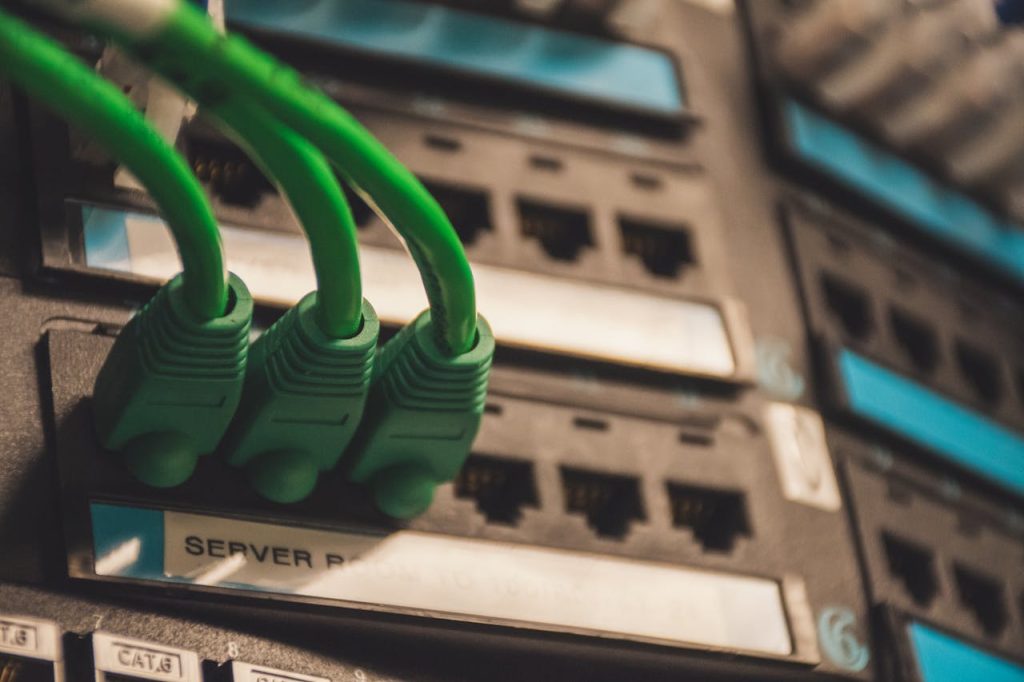Collaborative robots, also known as cobots, are not limited to industrial applications. These advanced robotic systems are increasingly finding their way into the healthcare sector, supporting doctors and medical professionals in delivering enhanced patient care. With their unique capabilities, collaborative robots are revolutionizing the healthcare industry by assisting doctors in various tasks and providing invaluable support. In this article, we will explore how collaborative robots are helping doctors and transforming the field of healthcare.
Collaborative Robots in Medical Settings
Collaborative robots are designed to work alongside humans, augmenting their capabilities and enhancing productivity. In medical settings, cobots are being utilized in a range of applications to assist doctors and medical staff. Some of the key areas where collaborative robots are making a significant impact include:
- Surgical Assistance
Collaborative robots are being used to assist surgeons during complex surgical procedures. With their precision and dexterity, cobots can perform tasks such as suturing, tissue manipulation, and instrument handling. They can provide steady and precise movements, reducing the risk of human error and improving surgical outcomes. - Rehabilitation and Physical Therapy
Cobots are playing a vital role in rehabilitation and physical therapy. These robots can guide patients through therapy exercises, ensuring proper form and technique. With their advanced sensors and programming, collaborative robots can adjust the intensity and difficulty of exercises based on the patient’s progress, providing personalized and effective therapy sessions. - Telemedicine and Remote Consultations
Collaborative robots enable remote medical consultations and examinations. Equipped with cameras, screens, and audio devices, cobots can act as a remote presence for doctors, allowing them to interact with patients in real-time. Doctors can remotely control the cobot’s movements and view the patient’s vital signs, facilitating virtual examinations and consultations. - Medication Delivery and Inventory Management
In healthcare facilities, cobots are being used for medication delivery and inventory management. Collaborative robots can safely transport medication and supplies throughout the facility, minimizing the risk of errors and freeing up medical staff to focus on patient care. They can also monitor and manage inventory levels, ensuring that necessary supplies are readily available. - Routine Tasks and Administrative Support
Collaborative robots are adept at performing routine tasks and providing administrative support in medical settings. They can assist with tasks such as patient registration, data entry, and appointment scheduling. By automating these repetitive tasks, cobots allow doctors and medical staff to dedicate more time to direct patient care.
Benefits of Collaborative Robots in Healthcare
The integration of collaborative robots in healthcare settings offers numerous benefits that positively impact patient care and the overall efficiency of medical operations. Some of the key advantages include:
Improved Precision and Accuracy: Collaborative robots can perform tasks with high precision and accuracy, reducing the margin for error in medical procedures.
Enhanced Safety: Cobots are equipped with advanced sensors and safety features, ensuring safe interactions with patients and reducing the risk of accidents.
Time and Resource Optimization: By automating routine tasks, collaborative robots help streamline workflows, freeing up doctors and medical staff to focus on critical and specialized care.
Increased Efficiency: With their speed and consistency, cobots can perform tasks more efficiently, leading to shorter procedure times and improved patient throughput.
Remote Accessibility: Collaborative robots enable remote consultations and examinations, allowing doctors to reach patients in remote or underserved areas, increasing accessibility to healthcare services.
Personalized Care: Cobots can adapt to individual patient needs, providing personalized therapy sessions and monitoring patient progress more effectively.
Reduced Physical Strain: By assisting with physically demanding tasks, cobots alleviate physical strain on doctors and medical staff, reducing the risk of occupational injuries.
Future Possibilities
As technology advances, collaborative robots will continue to play a significant role in healthcare. Ongoing research and development aim to further enhance their capabilities, allowing them to perform increasingly complex medical procedures with greater autonomy. Collaborative robots have the potential to revolutionize surgical techniques, enable remote diagnosis and treatment, and support doctors in delivering advanced and personalized healthcare.
Conclusion
Collaborative robots are transforming the healthcare landscape by providing valuable assistance to doctors and medical professionals. From surgical assistance to rehabilitation and administrative support, cobots are enhancing patient care, optimizing workflows, and revolutionizing the way medical services are delivered. As technology continues to advance, collaborative robots will play an increasingly vital role in healthcare, ultimately leading to improved patient outcomes and a more efficient healthcare system.

